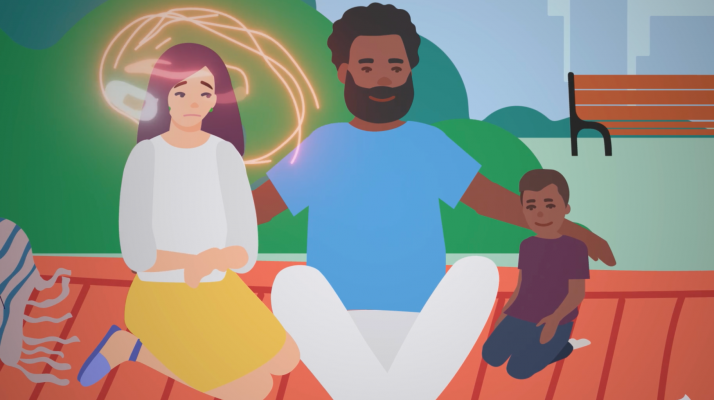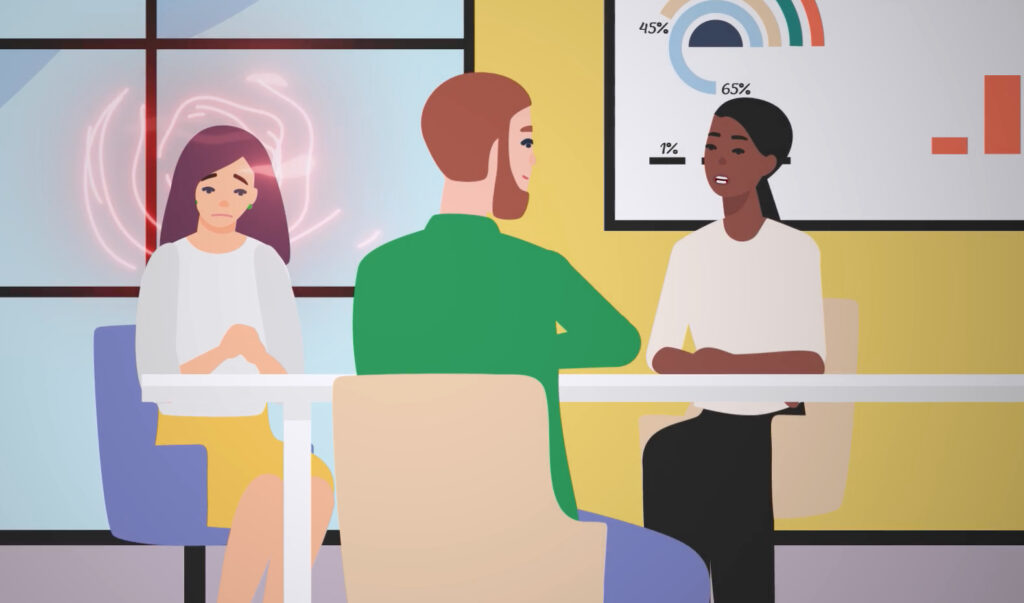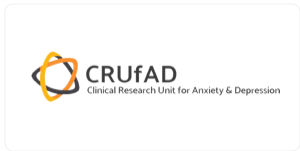Anxiety in Overdrive: Where Does it Come From and How Can I Treat it?

Is your anxiety in overdrive? Learn how to shift gears and effectively treat anxiety when it becomes excessive…
Anxiety is a normal human emotion. It’s normal to experience anxiety from time to time, and it can even be helpful. We often feel anxious about the things that are important to us, like health, money, work, and family, and this can help us make good decisions in these areas.
However, when anxiety or worry goes into ‘overdrive’ – i.e. it becomes difficult to control, happens too often, or stops us from doing the things that are important, it can become challenging. Anxiety in overdrive can impact our relationships, sleep, mood, our physical health and overall wellbeing.
If you feel that your worrying is out of your control or overwhelming, understanding where it comes from can be one of the first steps in treating it and improving your way of life.
Where Does My Anxiety Come From?
Anxiety disorders are the most common mental health concern in Australia and affect 1 in 4 Australians at some stage in their life. How anxiety presents is different for everyone, but can come from a combination of:
Genes – Often anxiety runs in families. You might find that other people in your family have experienced similar symptoms to you.
Temperament/Personality – Genes partly determine your temperament and personality. If you have a tendency to overthink, be sensitive, or inhibited, it can make you more vulnerable to developing anxiety.
Life Stress – Episodes of anxiety are often triggered during times of life stress or change (e.g., moving house, changing jobs, experiencing illness, when a loved one dies or when there is conflict in your relationships).
Early Learning Environment – You may have had a stressful upbringing, learnt the tendency to view situations as threatening from the people around you, or developed certain thinking styles and ways of responding to stress from others in your environment (e.g., family members or friends).
The Evolution of Anxiety
It can be helpful to understand the ‘flight-or-fight’ response, which is the body’s biological mechanism that detects and responds to real or perceived danger. The fight-or-flight response helped our prehistoric ancestors get through dangerous situations. They developed this stress response in order to survive. These days, for people with anxiety disorders, this same response can be triggered by situations whenever a threat is perceived by the brain. That is why the degree to which a person is fearful of the threat can be excessive, whether the threat is real or not. For example, if someone saw something they thought could be a snake, they might get scared and freeze up to avoid being bitten – even if the snake was actually mistaken for something else that was harmless.
Threats can be physical or psychological in nature. For example, the threat of failing an exam, being laughed at or excluded by others, or losing a good reputation are all examples of psychological threats. These may be less tangible than physical threats, but they can make us just as fearful, nonetheless.
Anxiety in Overdrive
We liken the fight-or-flight response to an oversensitive car alarm that goes off, even though there is no danger to the car. The fight-or-flight response is our internal alarm system – but sometimes it can get it wrong. The good news is, just like you can reprogram a car alarm, you can also reprogram your brain to judge if a threat is real or a false alarm, as well as learning that you can indeed cope, even when a threat may be present. Understanding the difference between whether a threat is real or perceived, and to react proportionately to a threat if it does exist, can help you change how you approach or view your anxiety.
Watch our Brand New Animation on Anxiety
How Anxiety Distorts Our Thinking
Anxiety can cause us to think about situations in an unrealistic, catastrophic or pessimistic way. These negative thoughts contribute to the vicious cycle of anxiety. Fortunately, the way we think about our anxiety can be changed; the first step is recognising problematic thoughts.
When we’re anxious, we tend to trap ourselves in unhelpful or rigid ways of thinking.
It can help to ask yourself….
- Is it a real threat? Or a perceived one?
- What other possibilities or explanations can I consider, that could be more likely?
- Am I imagining the worst possible outcome?
- Can I give it a name to understand the kind of anxiety I’m dealing with?
- Can I divert my attention away from the anxiety with a distraction?
- Can I think of times in the past when I have been able to cope with anxiety, or other difficult emotions, and what helped me get through?
- What would I tell a friend in this situation?
How Can CBT Help Treat My Anxiety?
Because anxiety is maintained through a cycle of thoughts, physical symptoms and behaviours, making just one small change to the system can have a positive impact on the other symptoms. That is why Cognitive Behavioural Therapy (CBT; the treatment used in all of our programs) is so important. CBT helps you to dismantle the cycle.
CBT involves learning skills to manage your symptoms. CBT teaches you new ways of thinking and behaving that can help you break the vicious cycle of anxiety.
What You Should Know About CBT
CBT focuses on the here and now. CBT helps you to deal with the present, rather than analysing your past. CBT aims to give you the practical skills you need to make changes to your life now and in the future.
CBT involves practice tasks. A key component of CBT is skills practice, so that you can transfer the skills you learn into your day-to-day life. There are 168 hours in a week. One hour of therapy a week (or one hour of working through an online program) will not make much difference if you don’t make any changes in the other 167 hours. By regularly practicing the skills you learn through CBT, you can learn to master them and control your anxiety better.
CBT is not a quick fix. To get the most out of a CBT program with THIS WAY UP you’ll need to allocate about 4 hours a week to go through the lessons and practise the skills shown throughout the program. No one expects you to be an expert right away. Your symptoms did not come overnight so they will not go away overnight. It can take time to learn new behaviours, and to challenge unhelpful thinking patterns, but with practice you will notice positive changes to how you’re feeling.
The road to recovery is filled with ups and downs. Many people with anxiety have very high expectations of themselves. It is important that you have realistic expectations about treatment. During treatment, it is common to experience ups and downs. Indeed, setbacks are to be expected. However, improvement during treatment generally heads in the right direction with more and more improvement being seen over time.
Check out our evidence-based Generalised Anxiety Program for people with excessive worry about many things.
If your worry is not generalised, but is more focused on one particular domain, our other programs may be more suitable for you. Such as worry about:
- Your health – check out the Health Anxiety Program.
- Social situations – check out the Social Anxiety Program.
- Panic attacks – check out the Panic Program.
- Obsessions and compulsions – check out the OCD Program
- A traumatic event in adulthood – check out the Post Traumatic Stress Program
- Anxiety during the perinatal period – check out the Pregnancy Program or Postnatal Program
- Many people with anxiety can also have low mood. If you’d like to learn strategies for both – check out the Anxiety and Depression Program.
Not Sure which program is for you?
Take a Test to Help You Choose a Program
If you’re unsure which program to pick, take our anonymous online test to check how you feel and see which program may be suitable. This test will show you your levels of stress, anxiety, or depression and will make suggestions on what you can do next.





